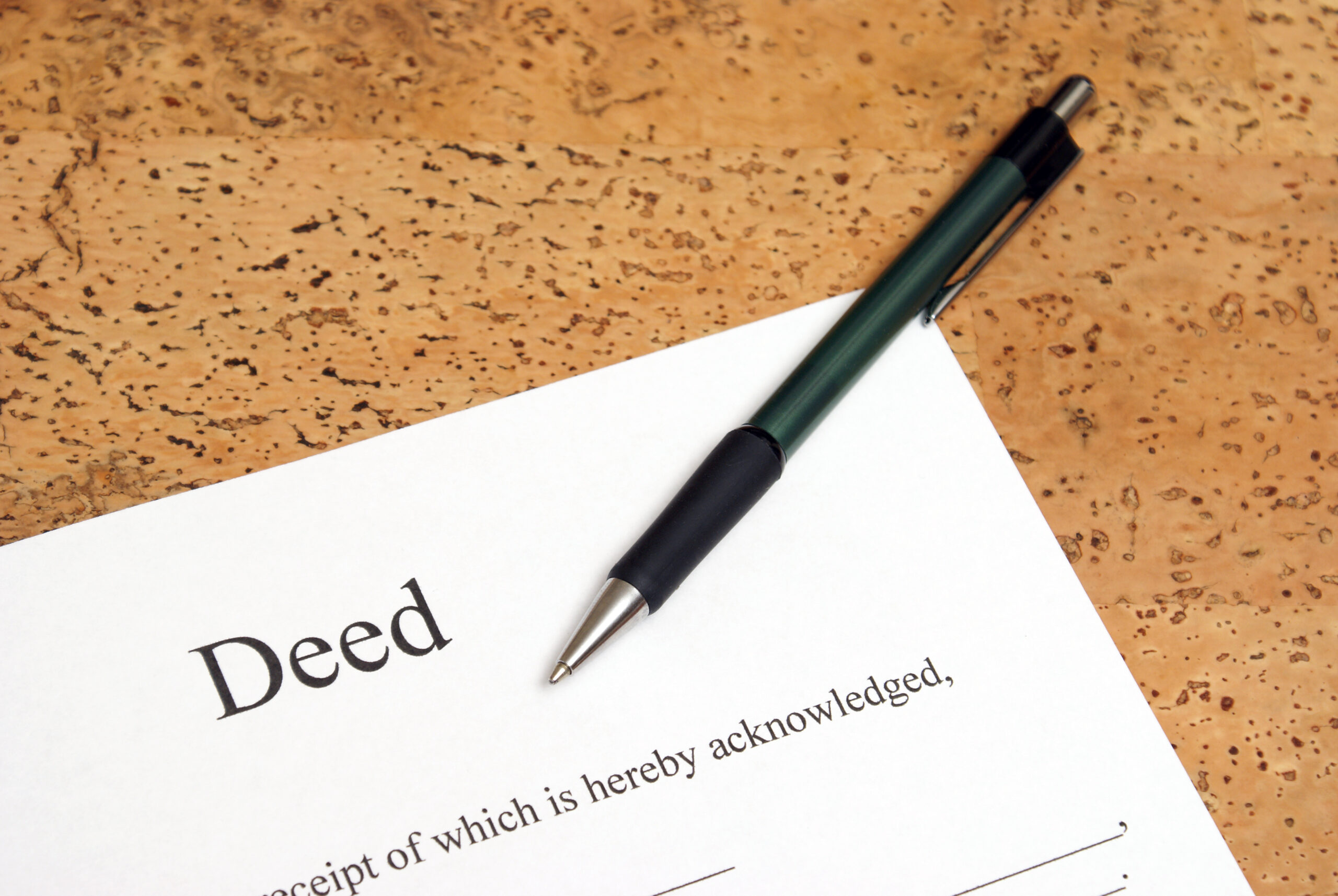
Eight years ago, on January 1, 2016, while we were recovering from the previous night’s shenanigans by nursing bottomless Bloody Marys (hey, hair of the dog – it works!), popping pain relievers, and watching college football extravaganzas, California’s transfer-on-death deed law came into effect.
You may have missed this event since you were probably busy making a list of New Year’s resolutions that you had no intention of keeping.
The transfer-on-death deed allows a homeowner to transfer title to their property upon their death without a will or without having to endure the probate process. Sounds pretty great, right? Not really. There are some serious dangers in using a transfer-on-death deed.
Now in 2024, we know some of the major drawbacks of using a transfer-on-death deed, which include deed errors or unintended consequences, problems with minor beneficiaries, lack of assistance from attorneys, and title company hesitation to accept the deed immediately upon death.
Danger #1 – Joint Title Overrides A Transfer-On-Death Deed
If you jointly own a property with someone, when you die, the other joint title owner will become sole owner of the property, even if there is a transfer-on-death deed that has been properly recorded. Most married couples hold property in joint title or as community property, both of which will supersede any transfer-on-death deed that either spouse may record.
Danger #2 – There Are Complications If The Beneficiary Is A Minor
If you leave your home to a minor, a court-appointed custodian will need to be appointed to manage the property until the child turns 18. At the age of 18, your child will become the owner of the home. Let’s be honest – there aren’t many 18 year olds who are ready for the responsibilities of home ownership. (We’re just happy if they don’t text and drive and can do their own laundry.)
A living trust allows you to leave your home to your child and pick someone to manage your assets on behalf of your child until they are able to handle the responsibilities that come with inheriting your assets. Your child’s inheritance can also be protected from creditors through the living trust. None of these options are available with a transfer-on-death deed.
Danger #3 – Attorneys Generally Will Not Help You With These Deeds
The transfer on death deed was intended to be a “self-help” option for property owners. Due to the nature of these deeds and the purpose for which they were created by the California legislature (to avoid paying attorney’s fees, let’s be honest), most attorneys will not provide any assistance to homeowners looking to complete these deeds. So if you are completing a transfer on death deed, make sure you carefully read all applicable instructions and follow them closely!
Danger #4 – The Property May Not Be Able To Be Sold For Three Years
Ok, so you completed and recorded a transfer-on-death deed. You pass away. (Deepest condolences!) Your Cousin Jan now inherits your house per the transfer-on-death deed. Cousin Jan doesn’t have the same fond memories as you do of your shared summer vacations in the log cabin in Yosemite and so she can’t wait to sell this house. Unfortunately, when title is transferred through a transfer-on-death deed, title companies are often hesitant to insure clear title until three years after the transfer date. So your home is unable to be sold or mortgaged for three years. Cousin Jan is not going to be happy.
There are many issues you need to consider before using a transfer-on-death deed. Talk to an attorney. And then go back to nursing your hangover.

